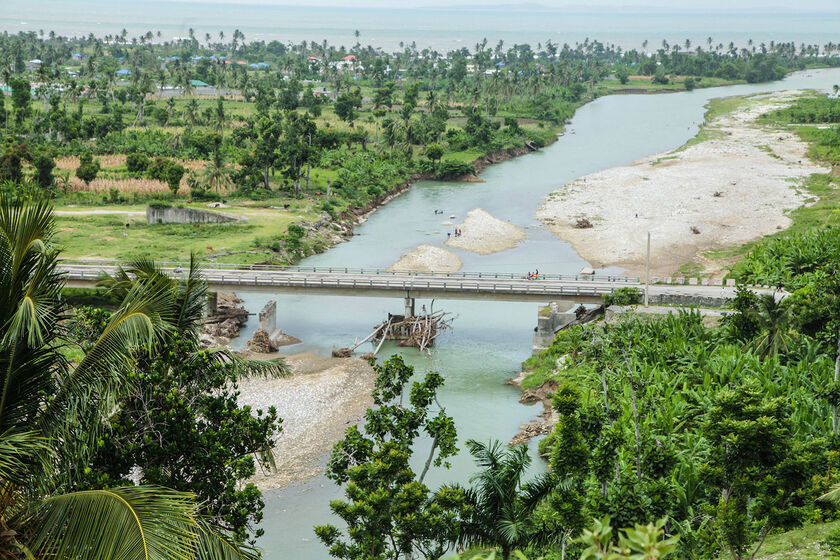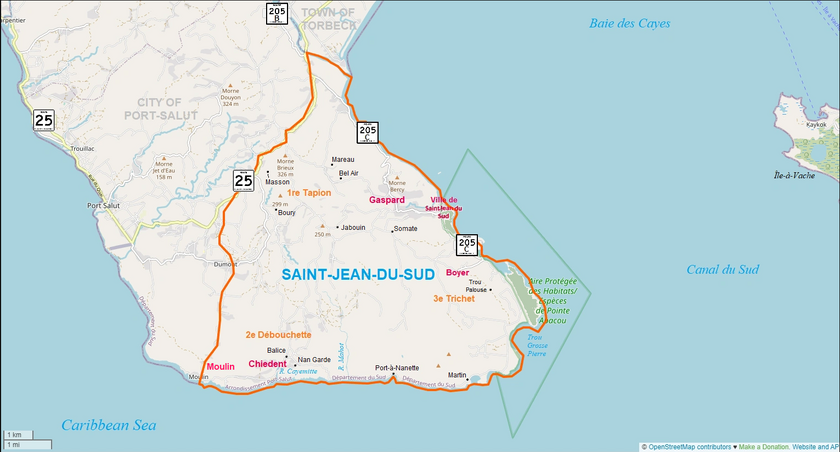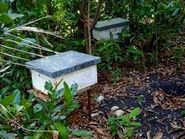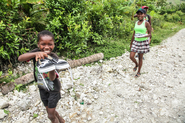Saint-Jean-du-Sud (Kreyol: Sen Jan disid) is a commune in the Southern Department of Haiti, part of the Port-Salut Arrondissement. In 2015, it had 25,567 inhabitants. It is the southernmost commune of Haiti.
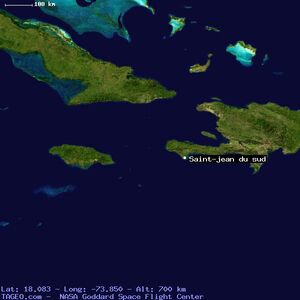
Location on Hispaniola

Location on the Tiburon Peninsula, Haiti
About[]
Located at sea level, the town of Saint-Jean-du-Sud lies on the southernmost tip of the Tiburon Peninsula near its western end. Formerly, this town was called "Trou de Port". It was founded in 1929 and granted municipal status in the same year. Three divisions make up Saint-Jean-du-Sud Debouchette, Tapion, and Trichet. A cluster of villages lies close by the center, such as Côteaux, La Ferme, Durant, Bel Air, and Petite Riviere.
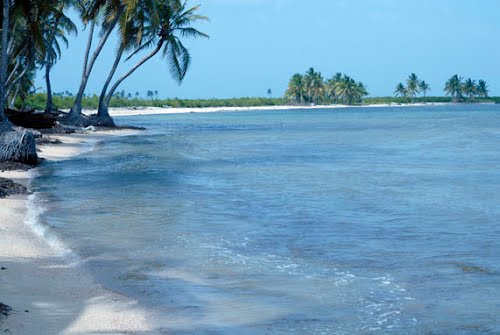
Saint-Jean-du-Sud, Haiti
History[]
Saint-Jean-du-Sud was previously a district called Etrone de Porc until August 6, 1909 when Senator Vaudray Hilaire's proposal was amended by Minister Septimus Marius.
By order of the President Antoine Simon of July 12th, 1910 the extent of the commune of Saint-Jean du Sud was defined by the report of the Secretary of State of the interior in Jérémie. It was set to stretch out from the main road to the L'acul river, passing Carrefour Joute and Macon, and to end at the Roches Jabouin jetty.
Geography[]
Saint-Jean-du-Sud is located at 18.0751° N, 73.8147° W. According to the IHSI, this Commune has a total land area of 69.29 square kilometers (26.75 square miles), of which 46.46 km² (67%) is rural, 22.53 km² (33%) is suburban, and 0.30 km² (>1%) is urban. It is bordered by the town of Torbeck on the north, and the city of Port-Salut on the west. The rest of the town is surrounded by Les Cayes Bay to the east and the Windward Passage to the southwest, both of which lead directly into the Caribbean Sea. The municipality, located at sea level, lies on the southernmost tip of the Tiburon Peninsula near its western end. It is essentially divided into a main portion and three rural sections. The main portion and the 1st and 3rd sections are coastal, while the 2nd section is considered interior. The town's land area consists of plains for the center and the third section, and mountains in the 1st and 2nd sections.
Neighborhoods
| SJS | Saint-Jean-du-Sud | 25,567 | ||||
|---|---|---|---|---|---|---|
| VSJ | Ville de Saint-Jean-du-Sud | Urban | 1,143 | |||
| TAP | 1ère Section Tapion | Rural | 10,270 | Bel Air, Boury, Brieux, Cannette, Dumond, Fourrier, Gaspard, Jabouin, La Joie, Macabé, Mareau, Masson, Mulette, Petite Riviere. | ||
| DEB | 2ème Section Débouchette | Rural | 6,724 | Balice, Chiendent, En Haut Ravine, Moulin, Nan Crapaud, Nan Diaman, Nan Garde, Nan Montasse, Nan Récif, Terre Rouge. | ||
| TRI | 3ème Section Trichet | Rural Section | 7,430 | Boyer, Ca Jean Boute, Caloban, Colette, Coteaux, Martin, Nan Confort, Nan Mouine, Somate, Trou Palouse. |
Demography[]
The inhabitants of the town call themselves Saint Jeanais/se.
| Year | Population | Change +/- |
|---|---|---|
| 1998 | 28,652 | |
| 2009 | 23,251 | -18% |
| 2015 | 25,567 | +10% |
Climate[]
The town of St Jean du Sud enjoys a climate characterized by two rainy seasons and a dry season. The rainy periods extend from April to June and from September to November. The four-month dry period extends from December to March. The trade winds and the north winds are the two main types of wind that blow in the town. The town is also exposed to hurricanes and tropical storms. Hurricanes Hazel (October 1954), Allen (1980), Cleo (1980) and Gilbert (1990) caused great damage to the town. The temperature at the level of the commune varies from one season to another. It is between 20 to 30°C (68 to 86°F). The annual rainfall varies between 1000 to 2000 mm (39 to 79 in.)
Economy[]
The local economy is based on agriculture, livestock, and fishing. With regard to economic and financial infrastructures, there are two marketing cooperatives. For commercial establishments, seven food stores, two large stores and building materials shops were inventoried. There is also a pharmacy in the town.
Agricultural households are largely supported by the exploitation of food crops and fruit trees, animal husbandry, and sea fishing. However, the main sources of income are the marketing of certain fruits (mangoes, coconuts, and cashews) and fruit processing.
Farming is one of the primary income-generators in Saint-Jean-du-Sud, with bananas and pineapples producing the largest crop-yields. The most practiced crops are cereals (corn, pearl millet), beans, pigeon peas, sweet potatoes, cassava, bananas, groundnuts and vetiver. The farming community is close-knit, sharing resources among themselves to derive higher incomes. Another source of income for the village is fishing and the operation of fish hatcheries. The fishing sector remains an important activity of the town, almost extending the Bay of Les Cayes.
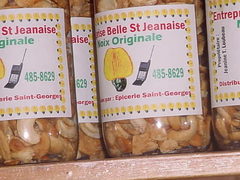
Saint-Jean-du-Sud is known for its delicious cashews.
The manufacture of bamboo baskets, latanier brooms and other crafts make it possible to diversify the commercial offer.
Tourism
The Port-Salut Region was classified by Forbes as the 8th tourist destination for small purses. The area is known for the beautiful Ozanana Beach as well as its delicious cashews.
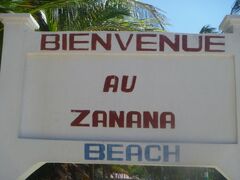
"Welcome to Pineapple Beach"; Saint-Jean-du-Sud, Haiti
Infrastructure[]
Saint-Jean-du-Sud is connected to the road network via Route Communale 205-C, an arterial which leads to Route Nationale 2. Like many small villages across Haiti, the road network of Saint-Jean-du-Sud operates below its potential. Roads are unpaved and rutted, with potholes, and nearly impassable except with four-wheel drives.
Education

Saint-Jean-du-Sud children in a Catholic school classroom
The Ministry of National Education of Youth and Sports is not represented in the municipality of Saint Jean du Sud. The town has five kindergartens, two dozen primary schools, five secondary schools, and three literacy centers. The last census revealed a lack of technical vocational and higher schools.
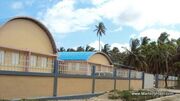
The town's new High School: Nouveau Lycee National de Saint Jean du Sud
Health

Young child happily shows off her new shoes; Saint-Jean-du-Sud, Haiti
The Ministry of Public Health and Population is not represented in the commune of Saint Jean du Sud. There is a health center and a dispensary. The medical staff is composed of two nurses, four auxiliaries and eighteen certified matrons.
Utilities
The commune has four rivers and seven sources of which three are collected and distributed. In addition, there is a lagoon, plenty of wells (29 single and 10 artesian), and public fountains. The town of Saint Jean du Sud is not electrified.
Culture[]
Religion
Saint-Jean-du-Sud is, not surprisingly, a Christian community, and the Roman Catholic Church plays a prominent role in administering to the spiritual needs of its parishioners. A small colony of Vodun practitioners co-exists comfortably alongside the Christian populace, having adopted some of that religion's rites of worship. Vodun had been a controversial practice for many decades in Haiti, but after a lot of legal wrangling about the Haiti Constitution's view on it, was found to be an acceptable form of faith. Vodun became officially recognized in 2003.
In addition to the Catholic church, an Episcopal church, five Baptist churches, Adventist churches, and six other churches were inventoried, Pentecost and Wesleyan.
Communication
No phone service existed at the last census. The postal service exists throughout the town and the distribution of mail is done on foot or by bicycle. The town has no radio station, television station, or newspaper.
Leisure

Sand art
As for Leisure, a theater, nine football (soccer) fields (open spaces for sports), eight gaguères and a public square were listed in the commune of Saint Jean du Sud. The parish hall located in the center sometimes serves as a movie theater. The town has no library or museum.
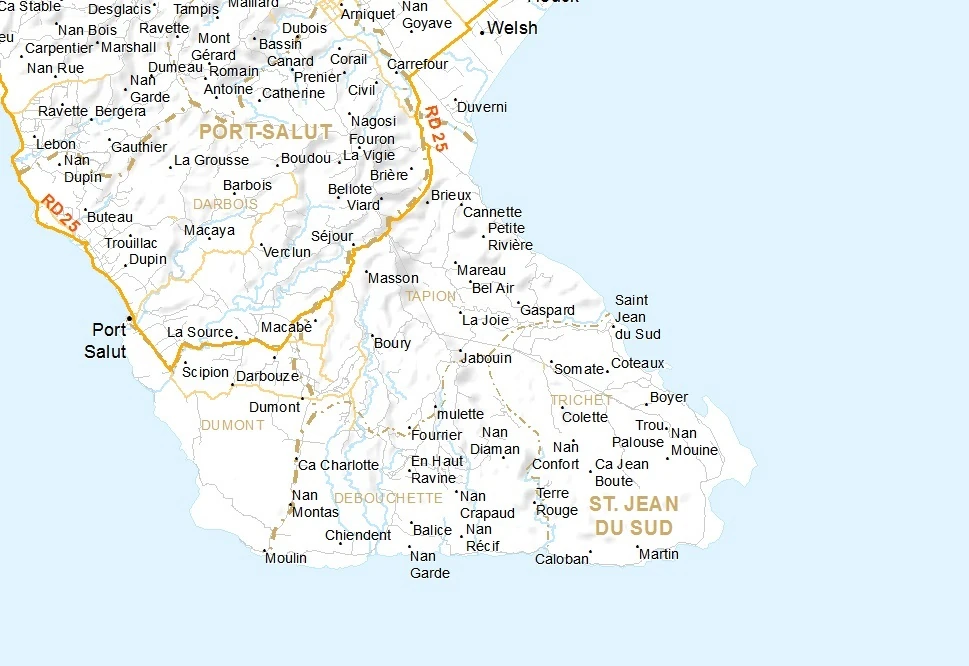
References and Links[]
Long term relief in Haiti - [1]
Saint-Jean-du-Aud - Academic [2]
Diagnosis of cashew nut conservation and processing processes in St Jean du Sud and proposals for improvement - by Ewald Alcindor. Memoir Online [3]
Michael Vedrine
